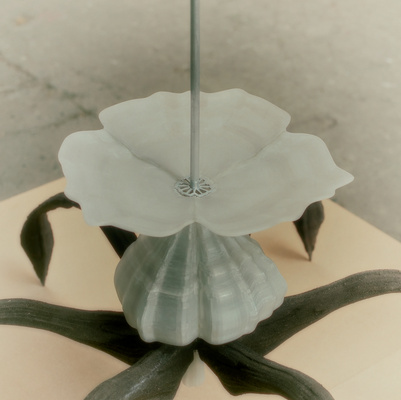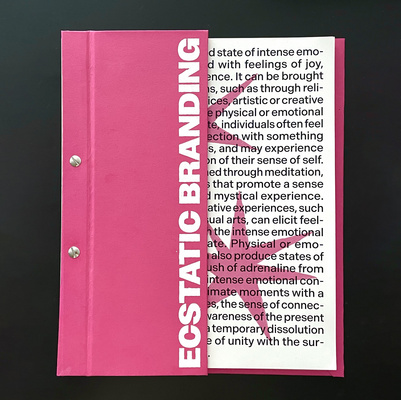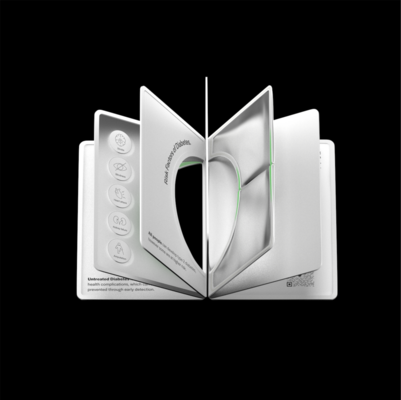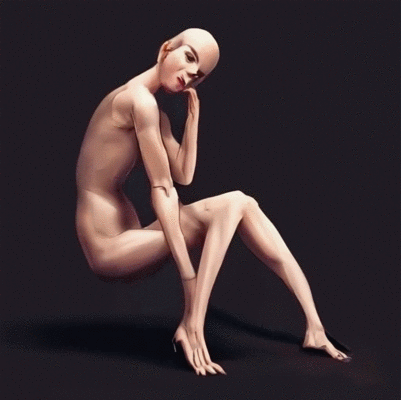
This project presents a strategy to create a scalable solution for how kidswear can be upcycled with the use of natural dyes and in this way enter a new use phase.

The project investigates how plant dyes can be strategically incorporated to approach the transition to a circular economy.
The strategy meets the goals of circular economy, product longevity, and clean production and presents a desirable alternative to textile recycling.
The fashion industry faces multiple challenges in regard to the sustainable transition, the entire system is built upon a resource-demanding and waste-generative mindset that affects the agility of the industry to change.
This project investigates how natural dyes can be strategically incorporated to approach the transition of the kidswear industry to a circular economy.
By implementing natural dyes as an alternative to conventional synthetic dyes, the polluting and harmful effects of the textile dyeing process are minimized.
The strategy, which is based on the emotional and practical values of natural dyes, presents the possibility of prolonging the life of garments and presents a desirable alternative to textile recycling.
The strategy is presented through three different examples of implementation, that highlight the potential to create systemic change.
The examples of implementation cover a brand that is a visual and practical manifestation of the strategy, where the values of natural dyes and strategy is implemented in both the manufacturing process, value proposition, design, and concept of the brand. A B2B up-cycling service that makes it possible for existing brands to meet the ambitions of circularity and to create scalable systemic change. And workshops are an experience-based initiative to teach techniques for up-cycling of kidswear within the household and to foster behavioral change.
Keywords
Cradle to cradle, Circular economy, Sustainable design and manufacture, Closed loop













